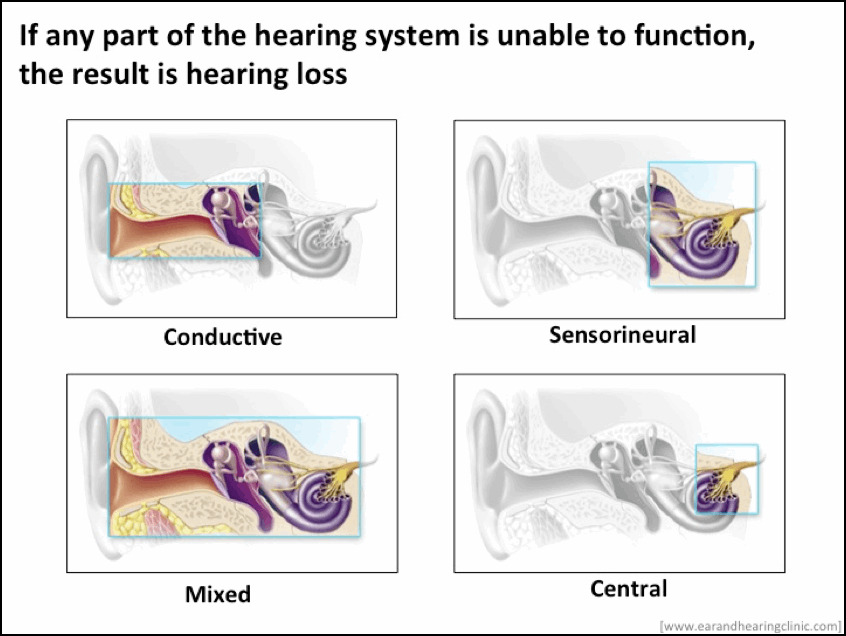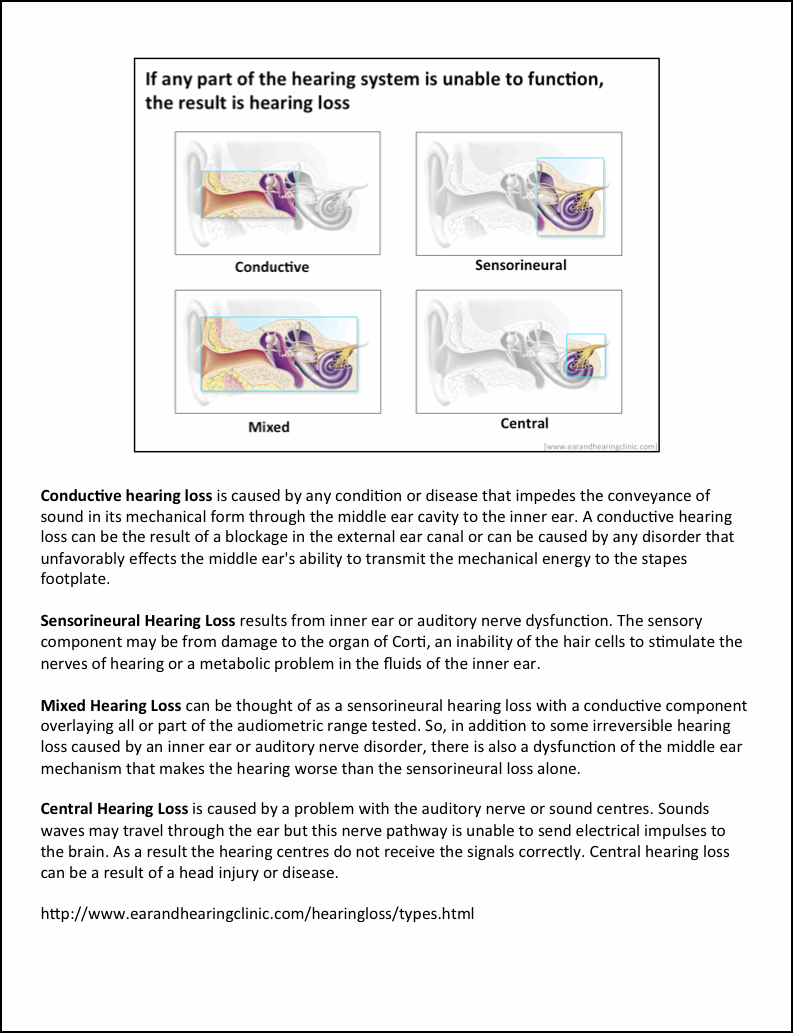5 Ways To Improve Your Technical Communication

By Christine Haas, Christine Haas Consulting, LLC
At his 2008 Stanford commencement address, Steve Jobs said “Don’t be trapped by dogma – which is living with the result of other people’s thinking. Don’t let the noise of other people’s opinions drown out your inner voice.”
We often follow the thinking of others when it comes to structuring our communication, replicating what we’ve seen others do because it feels safe to maintain the status quo, and we don’t know a better way to approach the situation. Unfortunately, the status quo in technical communication often means a firehose of information and details.
If we’re not thoughtful about how we structure our content, which details we select, and how we deliver the information, it’s easy to lose the quality and clarity of our communication. Whether we’re pitching to investors, networking at a tradeshow, or giving a conference presentation, our message impacts the results. Decisions are made based on the clarity of our message; personal and professional relationships are formed based on the quality of our communication. Use the following five tips to hone your own style of communication, and to restore quality and clarity to your message.
1. Be An Audience-Focused Communicator, Not A Speaker-Focused Speaker
Being an audience-focused communicator is a life-long practice. The more knowledgeable we become about our topic, the harder it is to remember what it’s like to see it from a different perspective. To place us in the proper frame of mind, it helps to consider audience demographics, the environment you’re communicating in, and the relevance to your audience. Some basic audience questions you can ask include: Who are the audience members? How much do they know already, and what will I need to fill in? How is the topic relevant to them?
Use this audience analysis worksheet to consider your audience and their perspective.
2. Hook Your Audience Right Away
The first connection with your audience is critically important. The opening sets the tone for the communication and boosts your confidence for the remainder of the interaction. Too often, speakers begin with information about themselves, rather than something interesting or important for the audience. To hook your audience from the beginning, consider starting with a question, a story, an interesting fact or statistic, or the bottom line of why they should care about your topic matter. Your opening lines should encourage your audience to relate to the topic or help them see it in a new way. After you’ve hooked your audience, then introduce yourself.
3. Know Your Main Message
What is the one point that you want the audience to take away from your communication? Know this message, and be able to communicate it in a single sentence, like the world’s shortest elevator pitch for your main point. If your message is too convoluted to state in a single sentence, it may need to be further refined. After you’ve crafted this message, you can then begin to backfill the supporting information needed for the audience to accept that message.
When selecting the supporting information, select items that are most relevant for your audience to know. They will not be able to remember your list of 20 features that prove your product is the best – pick one that shows a clear advantage. Otherwise, you’re burying your main message in supporting evidence.
4. Bullet Points Kill Presentations
Slides have become the equivalent of security blankets for professional adults. Presenters rely too much on their slides, using them to display bullet-pointed text that duplicates what the presenter is saying. Because we have a single verbal processing center in our brains that handles both spoken and written words, audiences cannot simultaneously read words on a slide and listen to the presenter. When they try to do both, cognitive overload occurs.
In order to direct your audience’s processing energy more effectively, consider using the assertion-evidence style of slide design, championed by Michael Alley in The Craft of Scientific Presentations. With this style, each slide has a single message, also called an assertion, that is written at the top of the slide in a complete sentence no more than 20 to 25 words.

The message is supported by visual evidence, such as pictures, diagram, data, or a video. If your presentation needs to exist as a standalone document, include relevant text in the notes section and share the PDF of the Notes View after your talk.

5. Practice Influences Performance
The best communication relies heavily on the speaker owning the information he or she has to share. Just like athletes practice for the big game, you need to practice for your communication in order to reach a level of confidence with your material.
In order to have effective practice time, rehearse out loud. Unfortunately, the content never comes out the same way it sounds in your head. To combat this, practicing your content out loud is essential. In the same vein, if you’re going to be standing when you speak with your audience, stand when you practice — I’ve had many clients who find themselves short of breath the first time they practice standing and speaking.
Finally, get feedback from others, whether it’s recording yourself on your phone and watching it, or sharing your content with a group of peers and friends. Feedback elevates content from self-focused to audience-focused, and yields stronger communication and better presenters.
In closing, don’t be trapped by dogma in your technical communication. Applying even one of these tips will help to elevate your content, restore clarity and quality to your message, and hone your style of technical communication.
About The Author
 Christine has over 10 years of experience working at the intersection of science and communication. Since founding Christine Haas Consulting, LLC in 2012, Christine has traveled the world teaching courses and conducting one-on-one coaching on presentation skills, technical writing, and storytelling. Before launching her business, the author held positions as the Director of Marketing for Drexel College of Engineering and as the Director of Operations for WPI Engineering. She received her MBA in marketing and international business from Drexel University, and her BA in English and Film from Dickinson College. Christine’s job has led to some amazing experiences, including tobogganing down the Great Wall of China, attending the launch of the final U.S. Space Shuttle, and meeting Bill Nye the Science Guy (Bill, Bill, Bill!).
Christine has over 10 years of experience working at the intersection of science and communication. Since founding Christine Haas Consulting, LLC in 2012, Christine has traveled the world teaching courses and conducting one-on-one coaching on presentation skills, technical writing, and storytelling. Before launching her business, the author held positions as the Director of Marketing for Drexel College of Engineering and as the Director of Operations for WPI Engineering. She received her MBA in marketing and international business from Drexel University, and her BA in English and Film from Dickinson College. Christine’s job has led to some amazing experiences, including tobogganing down the Great Wall of China, attending the launch of the final U.S. Space Shuttle, and meeting Bill Nye the Science Guy (Bill, Bill, Bill!).
